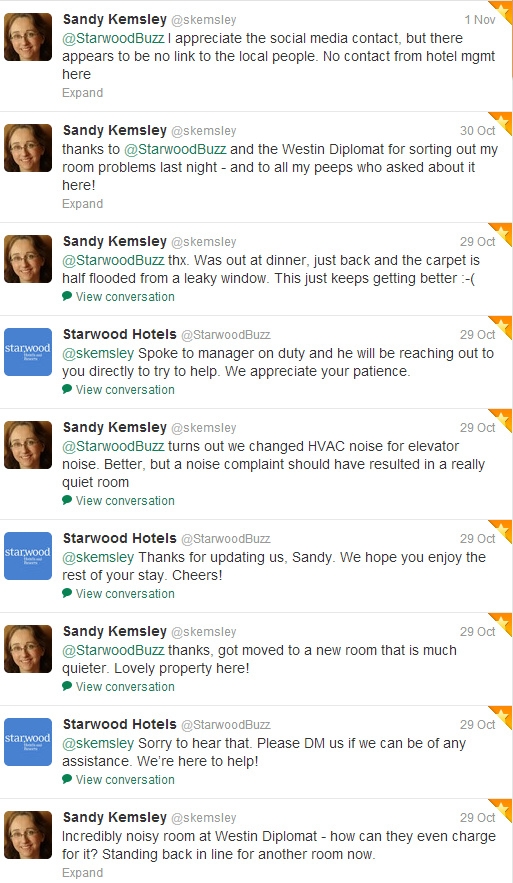Forrester analyst Jeff Scott presented at Building Business Capability on what business architecture is and what business architects do. According to their current research, interest in business architecture is very high – more than half of organizations consider it “very important”, and all organizations survey showed some interest – and more than half also have an active business architecture initiative. This hasn’t changed all that much since their last survey on this in 2008, although the numbers have crept up slightly. Surprisingly, less than half of the business architecture activities are on an enterprise-wide level, although if you combine that with those that have business architecture spanning multiple lines of business, it hits about 85%. When you look at where these organizations plan to take their business architecture programs, over 80% are planning for them to be enterprise-wide but that hasn’t changed in 3 years, meaning that although the intention is there, that may not actually be happening with any speed.
He moved on to a definition of business architecture, and how it has changed in the past 15 years. In the past, it used to be more like business analysis and requirements, but now it’s considered an initiative (either by business, EA or IT) to improve business performance and business/IT alignment. The problem is, in my opinion, that the term “business/IT alignment” has become a bit meaningless in the past few years as every vendor uses it in their marketing literature. Process models are considered a part of business architecture by a large majority of organizations with a business architecture initiative, as are business capability models and business strategy, application portfolio assessments, organizational models and even IT strategy.
Business architecture has become the hot new professional area to get into, whether you’re a business analyst or an enterprise architecture, which means that it’s necessary to have a better common understanding of what business architecture actually is and who the business architects are. I’m moderating a panel on this topic with three business/IT/enterprise architects today at 4:30pm, and plan to explore this further with them. Scott showed their research on what people did before they became (or labeled themselves as) business architects: most held a business analyst role, although many also were enterprise architects, application architects and other positions. Less than half of the business architects are doing it full time, so may still be fulfilling some of those other roles in addition. Many of them are resident in the EA group, and more than half of organizations consider EA to be responsible for the outcomes of business architecture.
It’s really a complex set of factors in figuring out what business architects do: some of them are working on enterprise-wide business transformation, while others are looking at efficiency within a business unit or project. The background of the business architect – that is, what they did before they became a business architect – can hugely impact (obviously) the scope and focus of their work as a business architect. In fact, is business architecture a function performed by many players, or is it a distinct role? Who is really involved in business architecture besides those who hold the title, and where do they fit in the organization? As Scott pointed out, these are unanswered questions that will plague business architecture for a few years still to come.
He presented several shifts to make in thinking:
- Give up your old paradigms (think different; act different to get different results)
- Start with “why” before you settle on the how and what
- “Should” shouldn’t matter when mapping from “what is” to “what can be”
- Exploration, not standardization, since enterprise architecture is still undergoing innovation on its way to maturity
- Business architecture, not technology architecture, is what provides insight, risk management and leadership (rather than engineering, knowledge and management)
- Stress on “business” in business architecture, not “architecture”, which may not fit into the EA frameworks that are more focused on knowledge
- Focus on opportunity rather than efficiency, which is aligned with the shift in focus for BPM benefits that I’ve been seeing in the past few years
- Complex problems need different solutions, including looking at the problems in context rather than just functional decomposition.
- Solve the hard “soft” problems of building business architect skills and credibility, leveraging local successes to gain support and sponsorship, and overcome resistance to change
- Think like the business before applying architectural thinking to the business problems and processes
He finished up with encouragement to become more business savvy: not just the details of business, but innovation and strategy. This can be done via some good reading resources, finding a business mentor and building relationships, while keeping in mind that business architecture should be an approach to clarify and illuminate the organization’s business model.
He wrote a blog post on some of the challenges facing business architects back in July, definitely worth a read as well.

